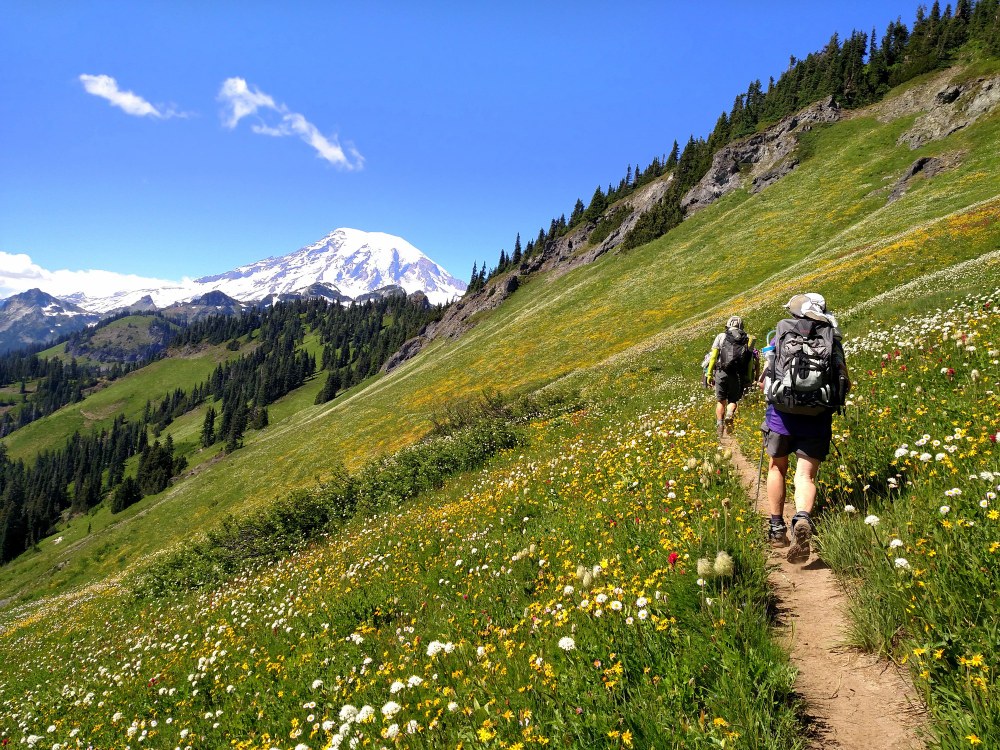
I’m not much interested in the names of flowers and plants, but I am a science geek and love to know the WHY of things. So as everyone's photos began to illustrate a dramatic, exuberant wildflower year on our trails this spring and early summer, I spent a little time seeking out what I could learn about the cause of the phenomenon – actually known in technical parlance as a ‘super bloom’[1].
The first reports of a unique and special explosion of wildflowers came in the deserts of California and Arizona – just look at these photos from KQED, a San Francisco public media station!
Even Death Valley reported an ephemeral explosion of flowers. NPR, the BBC, PBS, Mercury Valley News, the Smithsonian, National Geographic – every media outlet was reporting on the displays. Even NASA got into the act, with dramatic, high-resolution satellite imagery of California’s flower displays from space, shared by Planet Labs - a start-up founded by three ex-NASA engineers.
I wasn’t really clued in that something extraordinary was underway until my third late-spring hike on my favorite Alpine Lakes, Rainier, and Teanaway trails. Friends' Facebook posts were recording stunning flowerfields on hikes all over Washington too.
What’s going on here?
From the deserts of Arizona and California to the Cascades, a particularly wet fall and winter season was followed by a cold snowy winter that locked more moisture into the ground than usual. Annual plants, as most wildflower species are, have seeds that lie dormant from the autumn through winter and early spring, sprouting when water and warm temperatures encourage seed germination. Moderate spring temperatures and abundant moisture have supported good extended plant survival and growth, and the resulting plants responded with a particularly vigorous bloom.
The lessons? 1) the next time we bemoan the long wet fall and winter, keep in mind that sometimes Mother Nature comes up with a special reward for our endurance! 2) Get out there and smell the flowers!
[1] A super bloom is a colloquial term used to define an explosion of wildflowers that exceeds typical spring blooms.
 Cheryl Talbert
Cheryl Talbert